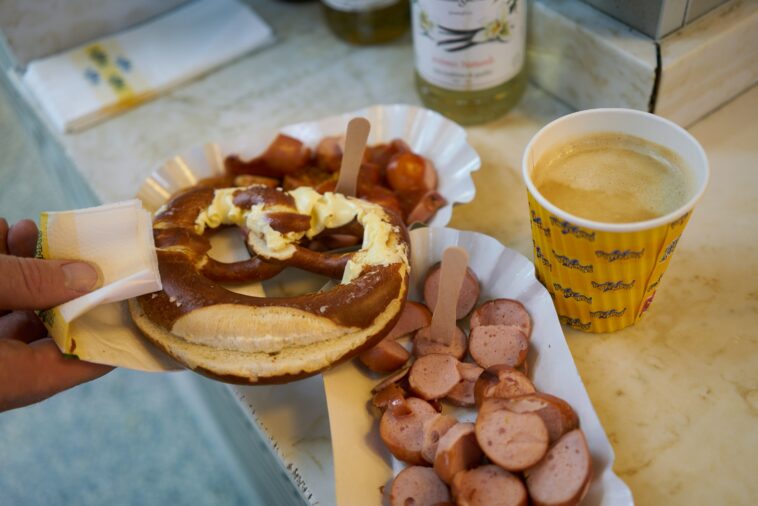Introduction:
In the vibrant tapestry of Spanish cuisine, few dishes command as much reverence and admiration as paella. This iconic dish, with its roots deeply embedded in the soil of Valencia, embodies the essence of Spanish culinary tradition. Join us on a culinary odyssey as we delve deeper into the world of Spanish paella, uncovering its history, ingredients, regional variations, and the cultural significance it holds for the Spanish people.
A Journey Through History:
To truly appreciate paella, one must understand its historical origins. Emerging from the fertile lands of Valencia, paella was born out of necessity, crafted by humble farmers and laborers who toiled under the sun. The early versions of paella were simple affairs, consisting of rice cooked with whatever ingredients were readily available – be it vegetables, meats, or seafood.
Over time, as Valencia flourished and prospered, so too did paella. Influences from Arab, Roman, and Moorish cultures infused the dish with new flavors and ingredients, transforming it into the culinary masterpiece that we know today. The addition of saffron, a prized spice with a rich history dating back centuries, elevated paella to new heights, imparting its signature golden hue and delicate aroma.
Ingredients and Techniques:
At the heart of every great paella lies the perfect balance of ingredients and technique. Saffron-infused rice forms the foundation, absorbing the flavors of the accompanying meats, vegetables, and spices. The choice of protein – whether it be succulent chicken, tender rabbit, or an array of fresh seafood – adds depth and complexity to the dish, while a medley of vegetables provides color, texture, and nutritional balance.
The cooking process itself is an art form, requiring patience, skill, and precision. Traditionally cooked over an open flame in a wide, shallow pan known as a “paellera,” paella demands constant attention and careful monitoring. The goal? To achieve the coveted “socarrat” – a crispy, caramelized layer of rice that forms at the bottom of the pan, adding an irresistible crunch and depth of flavor to the dish.
Regional Variations and Cultural Significance:
While Valencia may lay claim to being the birthplace of paella, the dish has since spread far and wide, adapting and evolving to suit the tastes and preferences of different regions and communities. From the seafood-rich paellas of Catalonia to the hearty, meat-laden versions of Castile, each variation offers a unique glimpse into the culinary landscape of Spain.
But paella is more than just a meal – it is a celebration of community, family, and tradition. Spaniards take great pride in preparing and sharing paella with loved ones, gathering around the table to enjoy good food, good company, and good conversation. Whether enjoyed at a festive gathering, a casual lunch with friends, or a quiet dinner at home, paella brings people together, forging bonds that transcend time and place.
Conclusion:
In the ever-changing world of food trends and culinary fads, paella remains a steadfast symbol of Spanish gastronomy – a timeless classic that continues to captivate the hearts and palates of food lovers around the world. With its rich history, diverse flavors, and cultural significance, paella serves as a testament to the enduring power of tradition, reminding us of the simple joys that come from sharing a delicious meal with those we hold dear.

